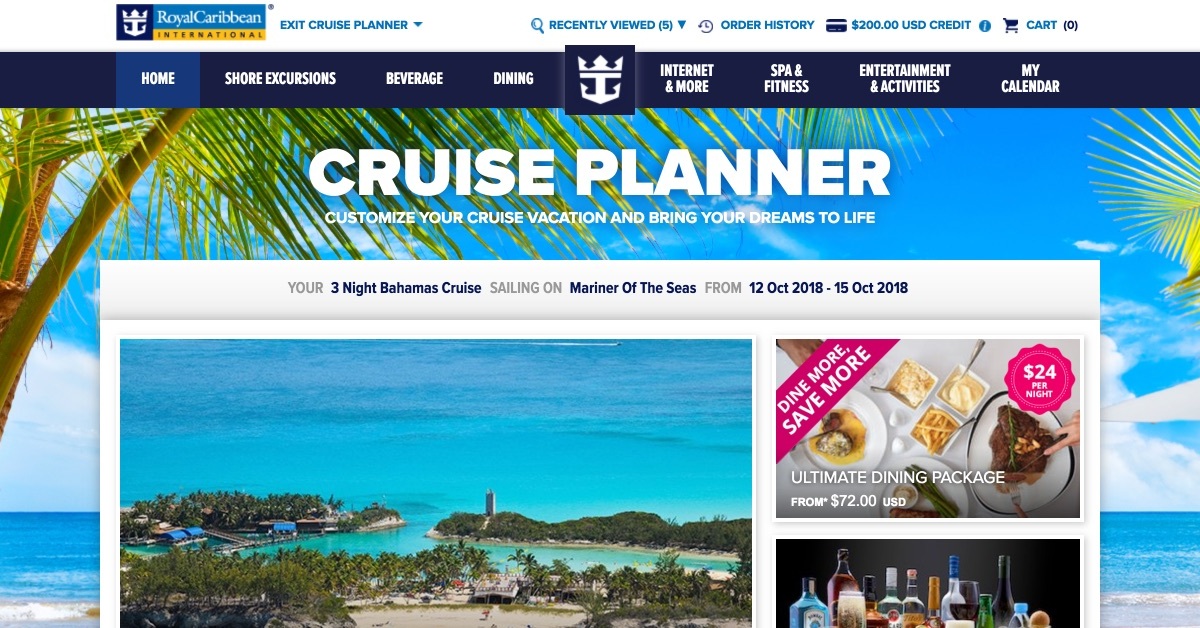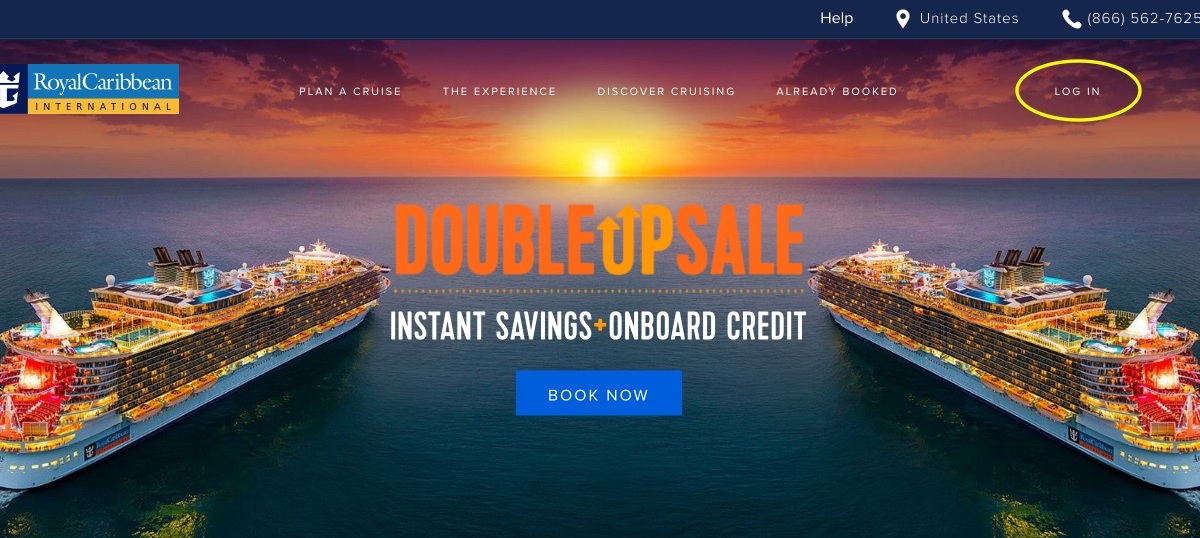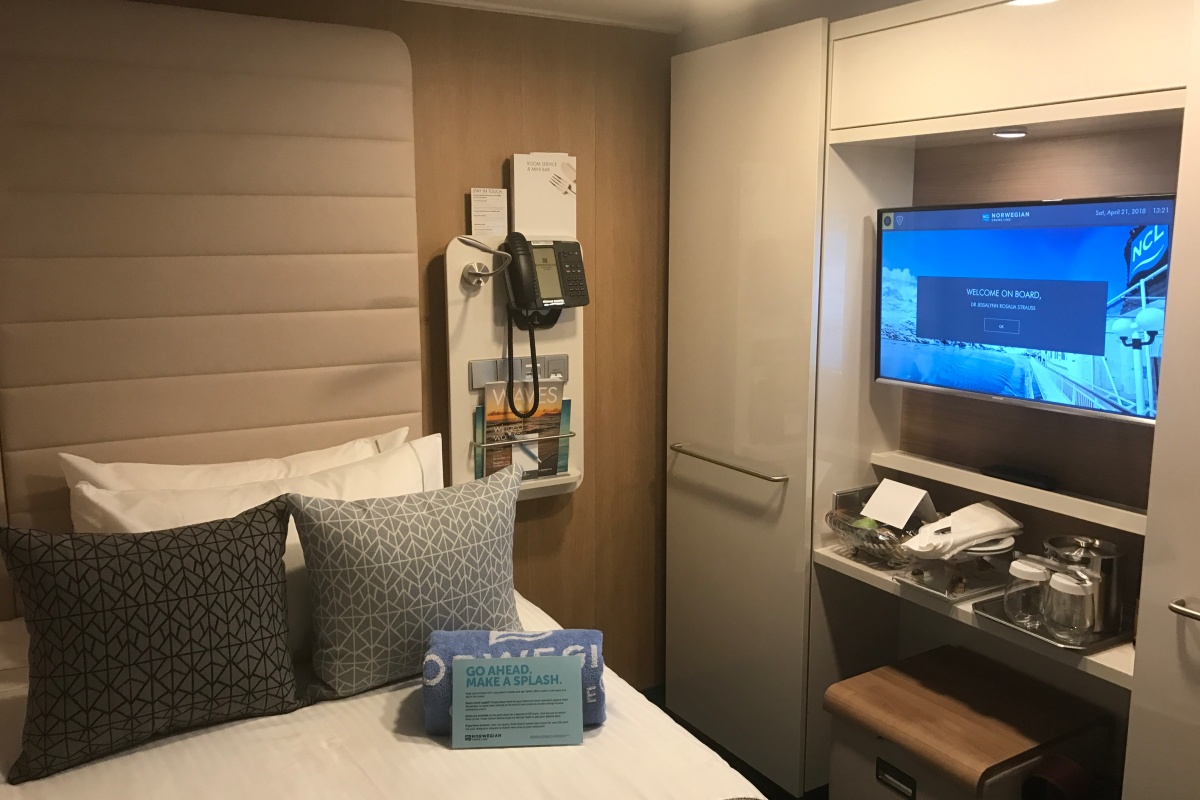If you’re going on a Royal Caribbean cruise, you may be thinking of buying one of the cruise line’s all-inclusive drink packages for your trip. There are four options for drink packages in a variety of alcoholic and non-alcoholic options, and each has a per-day price, plus gratuities.
While there is a set price for these packages, Royal Caribbean does run frequent sales on these beverage packages, meaning that you can pay different prices for your drinks package depending on when you buy it. Doesn’t seem quite fair, right?
But here’s the good news: Even if the price of your drink package goes down after you buy it, you can still get the lower price. I wrote in this blog post about the simple process of canceling your previous Cruise Planner purchases. If you see that the price of your beverage package has changed, simply follow these steps to cancel your original purchase and re-purchase at the new price.
A couple of tips to get the best price for your drink package:
- Go ahead and purchase your drink package once you set up your online account. Make sure to note the price you’ve paid for the entire package, including gratuity.
- Don’t be fooled by Royal Caribbean’s sales and promotions (Buy One Get One 50% off, 30% off, etc). Simply focus on the end price you’re being charged for the entire amount of the drink package.
- If you get an email about or otherwise see a promotion about a sale on beverage packages, go to the Cruise Planner and go through the steps to re-purchase the package. Compare the new price to what you paid and if the new price is lower, follow the steps to cancel your old purchase and buy the package again at the new price. (Remember to look at the full price, not the per-day price or the discounts being offered.)
Royal Caribbean traditionally has a big sale on pre-cruise purchases on Black Friday/Cyber Monday. While some people might wait in the hopes of purchasing on this deal, I say it’s not worth the risk that you might get busy with holiday festivities and forget to make this important purchase. That’s why I say that the best time to buy your Royal Caribbean drink package is now! You can always get a lower price later.











